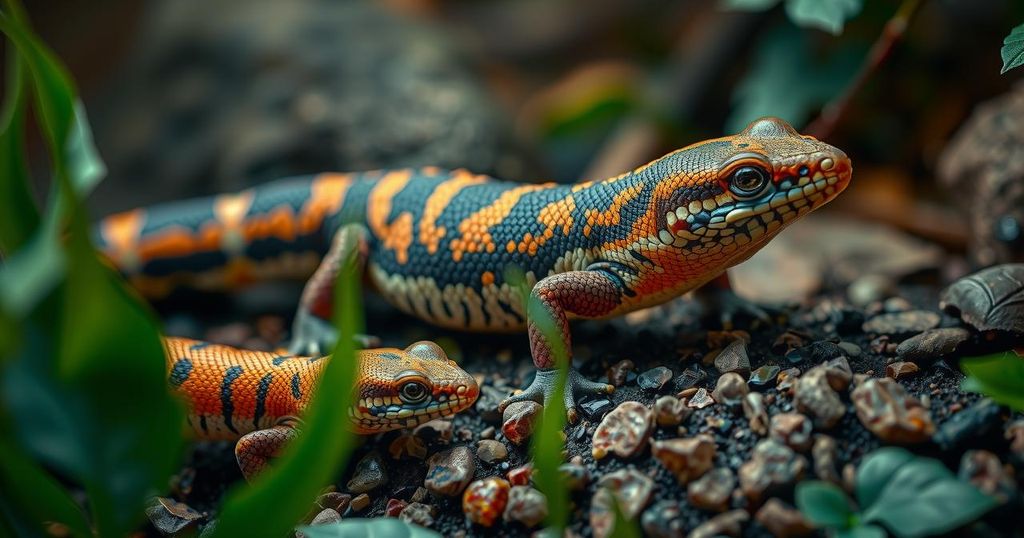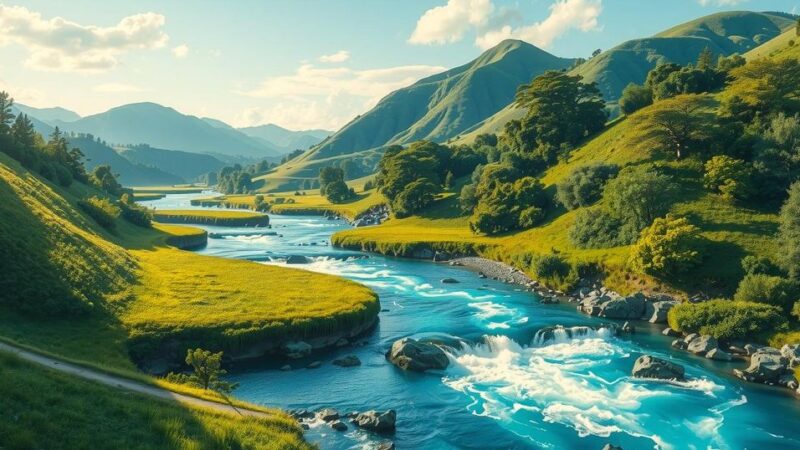Mark Kirk and colleagues analyzed a 32-year dataset of Arizona tiger salamanders. They found that longer growing seasons favored terrestrial forms, while colder winters and lower snow levels promoted aquatic forms. This research highlights the need for long-term studies to understand the complex effects of climate on salamander adaptation.
Mark Kirk and his colleagues from Murray State University and Allegheny College conducted a comprehensive analysis over a 32-year mark-recapture dataset, focusing on 717 Arizona tiger salamanders (Ambystoma mavortium nebulosum). Their study revealed that prolonged growing seasons tended to favor metamorphosis to terrestrial forms, whereas extended periods of winter cold and minimal snow coverage encouraged aquatic paedomorphic development. This research underscores the intricate relationship between climate factors and the plasticity of salamander life forms, highlighting the necessity for long-term studies to assess the multiple selective pressures influencing natural populations.
The survival and development of amphibians, particularly salamanders, are significantly influenced by climatic conditions. Climate change poses various threats, leading researchers to analyze its impact on amphibian morphology and behavior. The interaction between growth seasons, temperature variations, and precipitation patterns can determine whether salamanders undergo terrestrial metamorphosis or remain in an aquatic juvenile form. Understanding these dynamics is essential, not only for the conservation of salamander species but also for broader ecological implications as climate change continues to alter habitats.
In conclusion, the findings by Mark Kirk and his colleagues provide important insights into how climate variations shape salamander development. The study emphasizes the complexity of predicting adaptive responses to climate change and reinforces the importance of extended observational studies to truly comprehend the interplay of environmental factors influencing amphibian life cycles. Future research should continue to explore these dynamics to foster effective conservation strategies.
Original Source: www.nature.com






